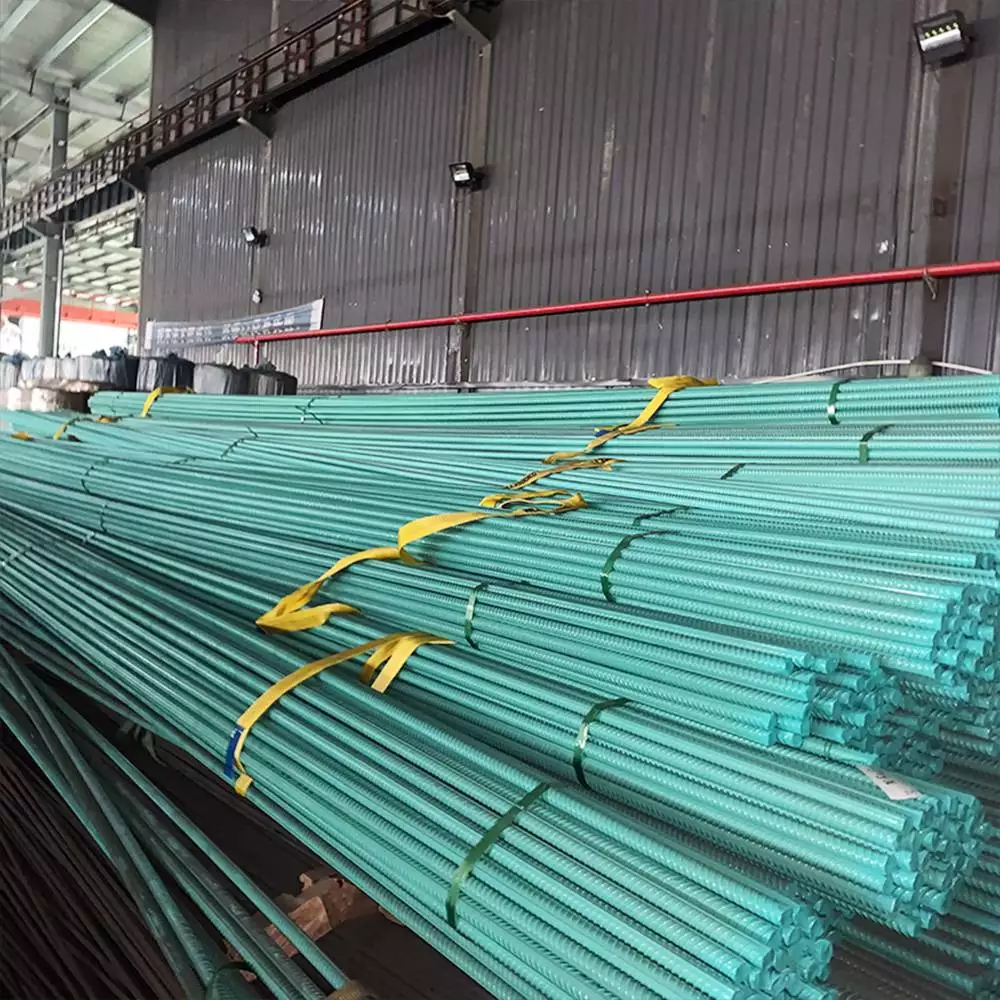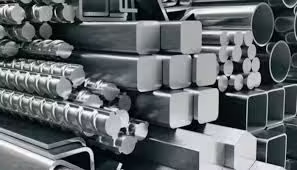
Steel Q235 Equivalent: Properties and Applications
Introduction
Steel is one of the most widely used materials in construction, manufacturing, and various industrial applications. Among the numerous types of steel available in the market, Steel Q235 is a popular grade in China, renowned for its strength, versatility, and low cost. However, in international markets, you might find a range of alternative materials that serve as the Steel Q235 equivalent. Understanding the equivalent grades, their properties, and their applications is crucial for engineers, fabricators, and manufacturers to make informed decisions.
In this article, we will dive deep into Steel Q235, its equivalents, and the unique properties that make it a preferred choice for many industries. We will also explore its wide array of applications and common substitutes used in the global market.

What is Steel Q235?
Steel Q235 is a Chinese standard carbon steel used primarily in construction and manufacturing. It is widely employed due to its good weldability, machinability, and moderate tensile strength. The Q235 steel is available in a variety of forms, including plates, bars, and coils, and it is commonly used for structural applications, including bridges, buildings, and pipelines.
The name “Q235” is derived from the Chinese standard GB/T 700-2006, where:
- Q refers to the yield point of the steel in MPa.
- 235 refers to the yield strength of 235 MPa.
This indicates that Steel Q235 has a yield strength of approximately 235 megapascals (MPa). The material is classified under low-carbon steel, making it highly suitable for various applications, especially when a moderate level of strength and toughness is needed.
Steel Q235 Equivalent Grades
When Steel Q235 is used internationally, it is often substituted with other grades of steel. These equivalents are based on similar properties, such as yield strength, tensile strength, and chemical composition. Below are some of the most common Steel Q235 equivalent grades:
| Standard | Equivalent Grade | Region | Yield Strength | Tensile Strength |
|---|---|---|---|---|
| ASTM A36 | A36 Steel | USA | 250 MPa | 400–550 MPa |
| EN 10025-2 | S235JR | Europe | 235 MPa | 360–510 MPa |
| JIS G3101 | SS400 | Japan | 245 MPa | 400–510 MPa |
| BS 4360 | 43A | UK | 235 MPa | 360–510 MPa |
| ISO 630 | St37-2 | International | 235 MPa | 370–510 MPa |
The table above outlines the most common Steel Q235 equivalents across different standards and regions. These grades share similar characteristics, making them interchangeable for many engineering and construction projects. However, always ensure that the equivalent steel grade meets the specific requirements of your project before use.
Chemical Composition of Steel Q235 and Its Equivalents
Understanding the chemical composition of Steel Q235 and its equivalents helps to further clarify their properties and potential uses. The composition primarily includes:
- Carbon (C): 0.14%–0.22%
- Manganese (Mn): 0.30%–0.70%
- Silicon (Si): 0.10%–0.50%
- Sulfur (S): ≤ 0.050%
- Phosphorus (P): ≤ 0.045%
The carbon content in Steel Q235 is relatively low, which contributes to its good weldability and ease of machining. The presence of manganese improves the material’s strength and hardness, while silicon helps to improve its overall toughness and resistance to oxidation.
The chemical compositions of the equivalents are similar, although small variations can exist based on the specific standards and regional requirements. This means that Steel Q235 equivalents still offer similar mechanical properties, making them suitable for structural applications.
Mechanical Properties of Steel Q235
The mechanical properties of Steel Q235 make it an ideal material for structural purposes, particularly where moderate tensile strength is required. These properties include:
- Yield Strength: 235 MPa
- Tensile Strength: 375–500 MPa
- Elongation: 21% in 200 mm
- Impact Toughness: ≥ 34 J (at 20°C)
These properties make Steel Q235 relatively easy to form and weld, offering sufficient strength for typical structural applications without compromising on ease of fabrication. Its Steel Q235 equivalent counterparts, such as ASTM A36 or S235JR, typically exhibit similar properties, making them viable alternatives.
Applications of Steel Q235 and Its Equivalents
Steel Q235 is primarily used in construction and manufacturing due to its moderate strength, which is ideal for structures that do not need ultra-high tensile strength. Common applications include:
Construction Projects
Steel Q235 and its equivalents are often used in building construction, especially in structural steelwork like beams, columns, and steel frameworks. The material’s moderate strength and cost-effectiveness make it an ideal choice for high-volume projects such as residential buildings, commercial properties, and industrial warehouses.
Bridges and Overpasses
Due to its weldability and toughness, Steel Q235 equivalent materials are frequently used for the construction of bridges and overpasses. These structures require a balance of strength, durability, and ease of fabrication, all of which Steel Q235 and its equivalents provide.
Machinery Manufacturing
Steel Q235 is also used in the production of machinery components, particularly in industries where moderate strength is required. This includes construction machinery, mining equipment, and heavy-duty vehicles, which often rely on this material for structural parts like chassis and frames.
Pipelines
For the transportation of gases and liquids, Steel Q235 equivalent materials are used to manufacture pipeline components. These steels are strong enough to withstand pressure but also flexible enough to be welded into long lengths, making them suitable for this purpose.
Advantages of Using Steel Q235 and Its Equivalents
There are several reasons why Steel Q235 and its equivalents are widely used across the globe. These include:
- Cost-Effectiveness: Steel Q235 is relatively inexpensive compared to higher-strength steel grades, making it a go-to option for budget-conscious projects.
- Versatility: It is used in a wide range of industries, from construction to manufacturing, due to its versatility and ease of fabrication.
- Weldability and Formability: Steel Q235 is easy to weld and shape, making it ideal for projects requiring complex forms and connections.
- Good Durability: With its moderate tensile strength and impact toughness, Steel Q235 is durable enough for structural applications that experience moderate wear and tear.
FAQs on Steel Q235 Equivalent

What is the difference between Steel Q235 and Steel A36?
Both Steel Q235 and Steel A36 are low-carbon steels that share many similarities in terms of their mechanical properties. However, A36 steel is commonly used in the USA and other international markets, while Q235 is used primarily in China. The yield strength and tensile strength of both are comparable, but A36 steel tends to have slightly higher carbon content, making it slightly less weldable compared to Steel Q235.
Can Steel Q235 be used for heavy-duty applications?
Steel Q235 is suitable for general structural applications but is not recommended for heavy-duty applications that require high tensile strength and durability under extreme conditions. For more demanding projects, higher-strength materials like Steel Q345 or ASTM A992 may be more appropriate.
Are there any alternatives to Steel Q235 in other regions?
Yes, in regions outside of China, Steel Q235 equivalents such as ASTM A36 (USA), S235JR (Europe), and SS400 (Japan) are commonly used. These materials share similar mechanical properties and are often substituted depending on the region and local standards.
Conclusion
Steel Q235 and its equivalents are critical materials in the construction and manufacturing industries. Understanding their properties, applications, and equivalents can help ensure that engineers and manufacturers select the best material for their projects. Whether it’s for structural work, bridges, pipelines, or machinery, Steel Q235 equivalent grades offer a reliable balance of strength, cost, and ease of use.
As international trade continues to expand, the demand for understanding steel equivalents grows, enabling better decisions when sourcing materials for diverse projects. Always ensure that the selected equivalent matches the exact requirements of your specific application, whether in terms of tensile strength, formability, or welding characteristics. By using the right steel, you can achieve both cost-effectiveness and structural integrity in your designs.






